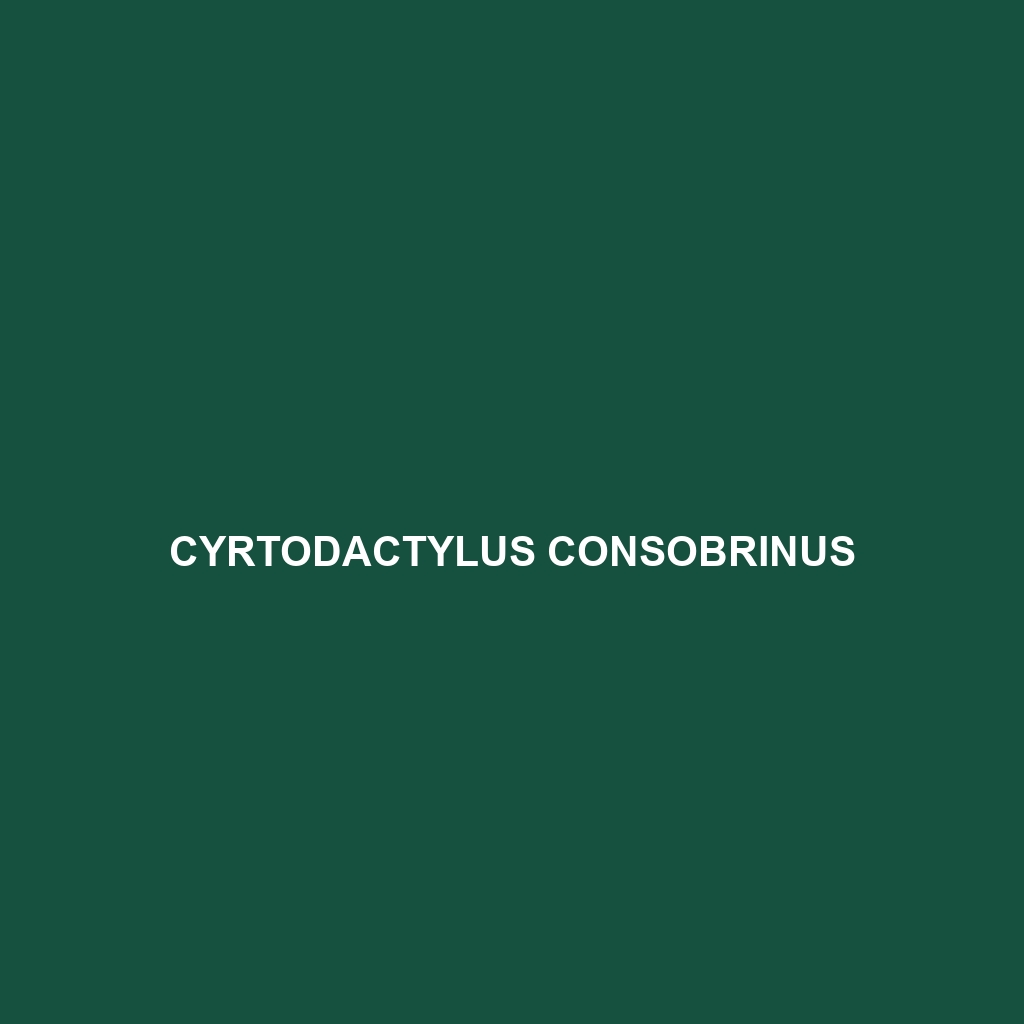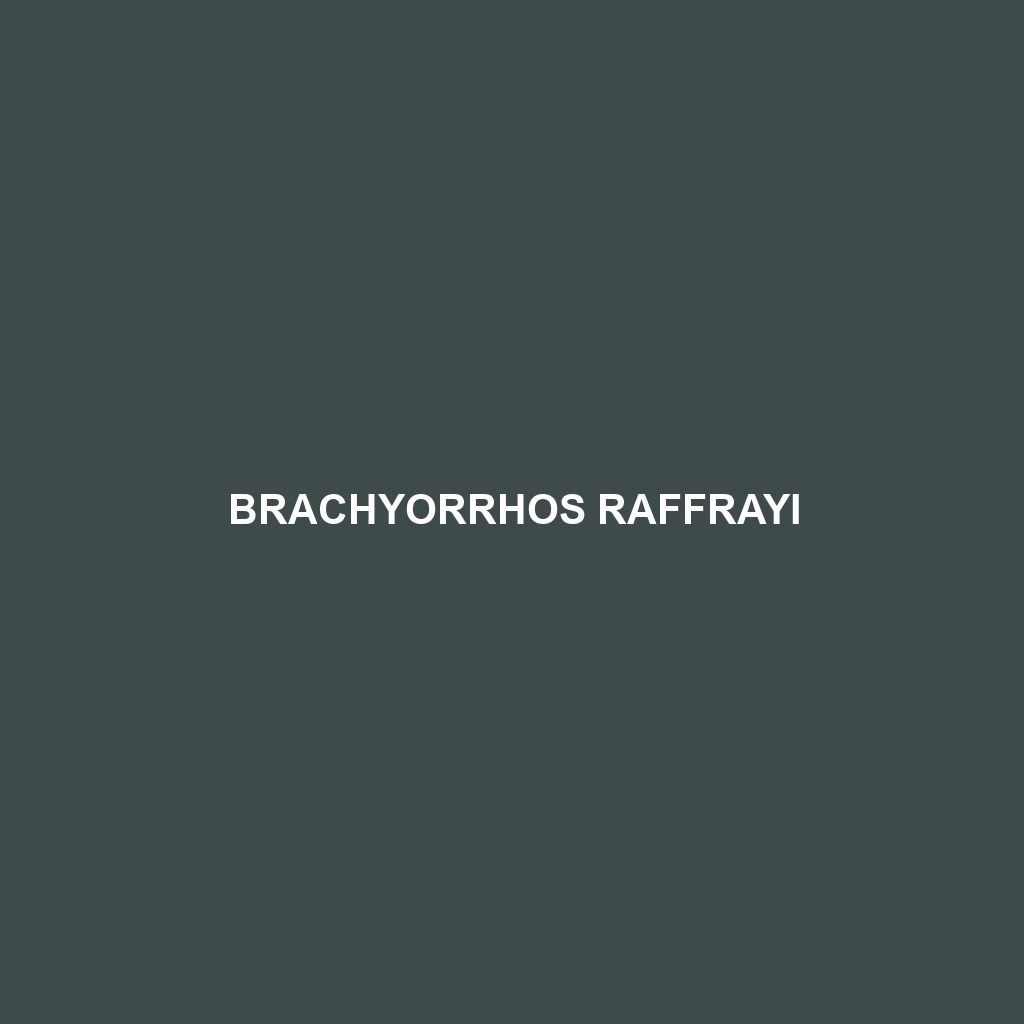Cyrtodactylus dumnuii, commonly known as the dumnuii gecko, is a nocturnal species native to Southeast Asia, characterized by its sandy brown to olive coloration and large bulging eyes. This vulnerable gecko inhabits humid, vegetated areas and plays a crucial role in controlling insect populations within its ecosystem.
Tag: Thailand reptiles
Cyrtodactylus consobrinoides
Cyrtodactylus consobrinoides, a medium-sized gecko native to Southeast Asia, thrives in humid limestone karsts and tropical forests. This nocturnal insectivore features distinctive coloration for camouflage, agile climbing abilities, and is classified as vulnerable due to habitat loss.
Cnemaspis phuketensis
Discover the exotic Cnemaspis phuketensis, or Phuket rock gecko, a small, striking gecko native to the limestone hills and rocky outcrops of Phuket, Thailand. With its distinct gray and brown coloration, large bulging eyes, and diurnal behavior, this vulnerable species plays a crucial role in its ecosystem while captivating herpetologists and nature enthusiasts alike.
Cnemaspis lineatubercularis
Description of Cnemaspis lineatubercularis Common Name: Cnemaspis lineatubercularis Scientific Name: Cnemaspis lineatubercularis Habitat Cnemaspis lineatubercularis is primarily found in the tropical regions of Southeast Asia, particularly in forested areas and rocky outcrops. This species prefers humid environments, thriving in both lowland and montane forests. Its habitat spans various areas including Thailand, Laos, and Cambodia, where […]
Calotes goetzi
Discover the Calotes goetzi, a striking lizard from the mountainous regions of Southeast Asia, known for its vivid colors, diurnal behavior, and ability to regenerate its tail. This insectivorous species plays a crucial role in controlling insect populations while facing threats from habitat loss and degradation.
Brachyorrhos raffrayi
Discover the Brachyorrhos raffrayi, a strikingly patterned snake thriving in the dense rainforests of Southeast Asia. This nocturnal predator, reaching lengths of 30 to 50 cm, plays a crucial role in its ecosystem by controlling insect populations and is classified as Vulnerable due to habitat loss.





